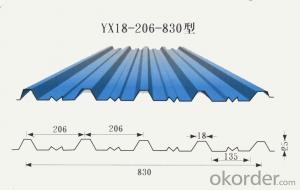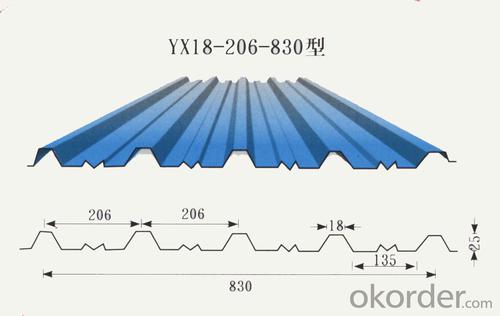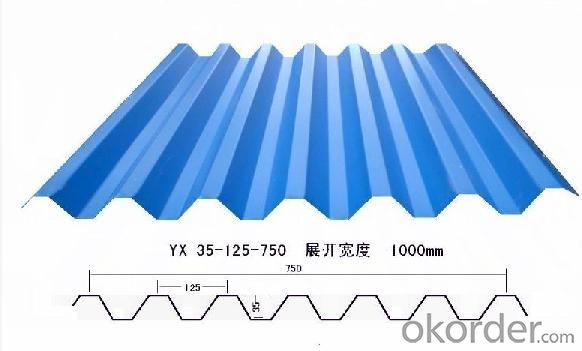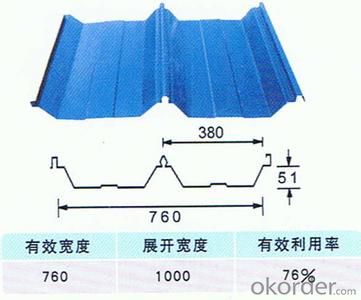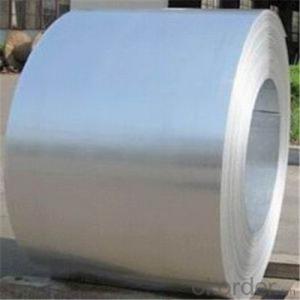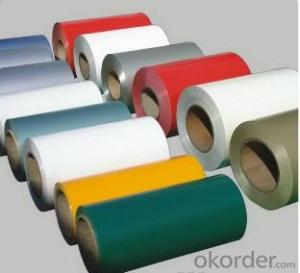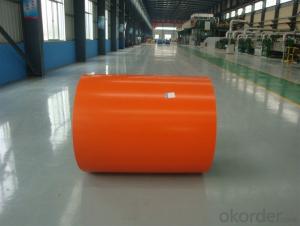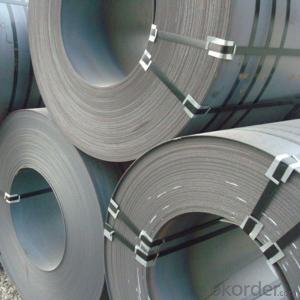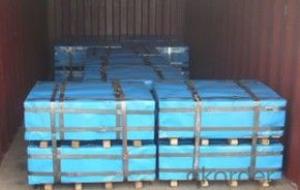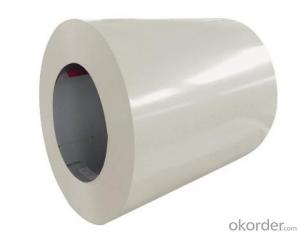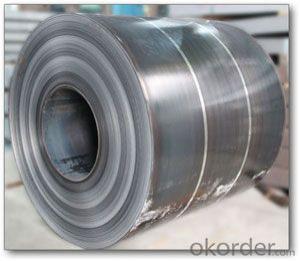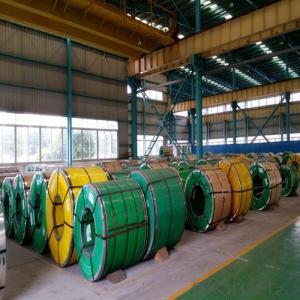ZHONGGUO SHANDONG BOXING ZHONG TAI CORRIGATED SHEET
- Loading Port:
- Tianjin
- Payment Terms:
- TT OR LC
- Min Order Qty:
- 20 m.t.
- Supply Capability:
- 1000 m.t./month
OKorder Service Pledge
OKorder Financial Service
You Might Also Like
CORRIGATED SHEET
Product Name:corrugated steel roofing sheet
Effective Width:650mm to 1250mm
Thickness:0.13mm-0.8mm
Material PPGI/PPGL steel coil
Coating:Z30-Z275,AZ30-AZ180
Color:white,blue or any RAL colors
length:1m-11.8m according to the container
top color coating:12um-25um
Back color coating:7um-10um
HRB:50-95
Base plate:PRE-PAINTED ALUZINC STEEL COIL,PRE-PAINTED GALVANIZED STEEL COIL
In continuous units in cold rolled steel strip, galvanized steel (electro galvanized and hot dip galvanized) as substrate, after surface pretreatment (degreasing and science processing), using the method of roll coating, coated with a layer or multi-layer liquid coating of plate, after baking and cooling income is the coating steel plate. Because the coating can have a variety of colors, on the habits of the coated steel sheet is called color coating steel plate. Because the coating is carried out before the sheet metal forming, in foreign countries which is called pre coating plate.
Color coated steel sheet is an organic coating coating on the steel surface, it has the advantages of beautiful appearance, bright color, high strength, good corrosion resistance, easy processing molding, but also allows the user to reduce costs, reduce pollution.
From the United States in 1935 to establish the first continuously coated steel line to begin, color coated steel plate has been widely applied, the current color coated plate varieties, about more than 600 kinds, the advantages of color coated sheet and organic polymer and steel plate of the two, which has good colorability, organic polymer molding, corrosion resistance and decorative, and steel plate with high strength and easy processing, can easily be punching cutting, bending, deep drawing processing. Made this makes organic coated steel sheet products have excellent practical, decorative, workability, durability.
- Q: How are steel coils used in the manufacturing of structural components?
- Steel coils are used in the manufacturing of structural components as they are typically used to form and shape various structural elements such as beams, columns, and trusses. These coils are unwound, flattened, and then processed through a series of machinery to be cut, shaped, and welded into the desired structural component. The steel coils provide a reliable and strong material base for the manufacturing process, ensuring the durability and stability of the final structural components.
- Q: How are steel coils stored?
- Steel coils are typically stored in warehouses or outdoor yards. They are usually stacked on top of each other in a crisscross pattern to ensure stability. To protect them from moisture and corrosion, they are often wrapped in a waterproof cover or stored on pallets. Additionally, some coils may be stored in specially designed racks to prevent damage and allow for easy access.
- Q: I am making a sword of 1060 carbon steel and would like to know how to heat treat it once it's ready, could anyone help please?
- Heat treating easy, HA! It is the most critical part of bladesmithing. Done wrong and all those hours of work go up in smoke (or a snap of the steel). You'll need a bucket of oil, preferably one that is deep enough to go in point first. If not you'll have to go in edge first, not recommended on a double edged blade, ok for single edge. You'll need to build a charcoal fire long enough for the blade. You will need to blow air under the fire to get it hot enough, the challenge is getting the heat even. You get the fire going and established, put the blade in turning it back and forth (if you keep turning it in the same direction when it heats up you could work a twist in it). When it starts turning red pull it out and touch it with a magnet, if the magnet sticks put it back. Keep heating and repeating until the magnet no longer sticks. Heat a little more, then quench rapidly point first. Don't let the blade lean to one side as warpage will occur. When it cools enough to touch, check with a file. If the doesn't file cut then you've properly hardened the steel and it's ready for temper. Now comes the really hard part. Grind the scale off carefully,preferably with a side grinder with a flap wheel. I've had hard wheel break freshly hardened blades. After cleaning you'll need to put it in an oven (preferred) or use a torch and carefully heat the blade. Watch the temper colors (oven temp 500-550F) or with the torch as the steel turns colors blue to purple for a double edged weapon. Any warpage that occurs needs to be worked out at temping temp.
- Q: looking for a good pocket knife. i keep going through these 440 steel pocket knives with every day work usage. this will be my 4th. even when i use a whetstone they stay sharp for a short period of time but the edge does not last, 440 is too soft! what is a good steel to look for in a pocket knife? also what are some good brands. ive been using gerber and buck sofar. if you could recommend me a few mid/small sized knives i would greatly appreciate it!
- Best Steel For Pocket Knife
- Q: I don't know it is low alloy steel or high allow steel or medium carbon steel
- Yes,30CrNiMo8 is a high grade alloy steel. *These steels generally contain higher carbon concentration (0.25%). As they are hardenable their mechanical properties can be tailored to specific needs by suitable adjustment of the annealing temperature. Finished products can be hardened to have a high surface hardness in combination with a tough and ductile core. The mechanical properties increase with increasing carbon concentration. Cr and Ni add additional improvements in properties. The Mn grades are a little cheaper. V and Mo add improved temperature resistance. The grades Cxx are developed for less stringent quality requirements but are cheaper.
- Q: How are steel coils inspected for chemical composition using spectroscopy?
- Spectroscopy techniques such as X-ray fluorescence (XRF) and laser-induced breakdown spectroscopy (LIBS) can be employed to examine the chemical makeup of steel coils. XRF involves directing an X-ray beam onto the surface of the steel coil, prompting the sample's atoms to emit distinct X-ray fluorescence radiation. By examining the energy and intensity of these emitted X-rays, one can determine the elemental composition of the steel. This method is both rapid and non-destructive, enabling swift and accurate assessment of the steel coil's chemical composition. On the other hand, LIBS entails focusing a laser beam onto the steel coil's surface, generating a high-temperature plasma. The plasma emits light, which is subsequently collected and analyzed using a spectrometer. This emitted light contains characteristic atomic and ionic emissions, allowing for the identification and quantification of various elements present in the steel. LIBS is also a non-destructive technique, providing real-time results and requiring minimal sample preparation. Both XRF and LIBS offer multiple benefits in terms of speed, non-destructiveness, and user-friendliness for inspecting the chemical composition of steel coils. These spectroscopic techniques play a vital role in quality control and assurance, ensuring that the steel meets the necessary specifications and standards for diverse industrial applications.
- Q: What are the different methods of coil leveling?
- Various industries commonly utilize several methods for coil leveling. These methods encompass: 1. Roller leveling: By passing the coil through a sequence of rollers, pressure is applied gradually, resulting in the gradual flattening of the coil. The rollers can be adjusted to exert varying levels of pressure, allowing for precise control over the leveling process. 2. Stretch leveling: This technique subjects the coil to tension forces, elongating the material and eliminating internal stresses. As the coil is stretched while passing through rollers, a more uniform and flat surface is achieved. 3. Temper leveling: Involving the heating of the coil to a specific temperature followed by rapid cooling, this method helps equalize stresses within the coil and enhance its flatness. Temper leveling is often employed for high-strength steels. 4. Roller leveling with leveling rolls: This approach utilizes additional leveling rolls placed above and below the main leveling rollers. These rolls apply pressure to specific areas of the coil, rectifying any unevenness or distortions. 5. Tension leveling: This method involves applying tension to the coil during processing. The tension aids in straightening and flattening the material, resulting in a more even and flat surface. 6. Precision leveling: Employed for high-precision applications necessitating extremely flat and uniform coils, precision leveling combines roller leveling, stretch leveling, and other corrective measures to attain the desired flatness. Each of these methods possesses unique advantages and limitations. The selection of a particular method depends on factors such as the type of material being leveled, the required flatness tolerance, and the intended application of the coil.
- Q: Can steel coils be customized in terms of size and specifications?
- Certainly! Steel coils can indeed be personalized in terms of size and specifications. Although steel coils are normally produced in standard sizes and specifications, they can be customized to fulfill particular requirements based on the customer's preferences. Customization may involve altering the dimensions of the coils in terms of width, length, and thickness, as well as modifying specifications such as the type of steel, surface finish, and coating. Through this process, steel coils can be tailored to suit various applications and industries, ensuring that they meet the specific requirements and performance standards of customers. Industries such as automotive, construction, manufacturing, and appliances often utilize customized steel coils, as precise sizes and specifications are essential for efficient and effective operations.
- Q: Ok, so I'm obsessed with learning how to play the guitar (I preffer acoustic)... I'm a teenage girl that wants to play rock/pop/folk music... I want to learn first how to strum... then eventually how to pick...so what type of string is better? nylon or steel?
- A good number of teachers (in No.California) recommend nylon string guitars for beginner students for the following reasons: 1: Either (nylon strings or steel strings) type of acoustic guitar can play ANY type of music However,nylon strings are much easier (less punishing) on the fingers as well as you start learning to use your fingers (not a pick )to play. Many beginners with the steel-string like to start right away with the use of a pick to avoid the hardness of the steel strings and seldon move up to learn to use the bare fingers to play. 2: For those concern about volume many classical acoustic are built with an electric plug that can be utilize to hook into an amplifiying unit. 3: Once you learn to finger-play you are ahead of some players that started with a pick and have a difficult time to play without a pick. 4: Right hand (if a right-handed)finger dexterity is very important in playing the melody passages (harmony that depends primarily on chords) of any musical piece. 5: It is true that a nylon-string guitar brings out a more mellower sound and the steel-strings have a brighter (but tin-like) sound. Both can be heard clearly in a standard living room environment without need of amplification. In the final analysis is a matter of personal choice. Most of my profesional guitar player friends have and play often both types of guitars. They play the nylon-string when in a group of players and they are assigned the 1st guitar music part. When they are playing harmony (back up) they seem to play more the steel-string instrument. A note of interest: Every player I know that plays classical guitar knows how to sight-read music while most other players that only play with a pick and steel-strings guitar use Tabs for playing. Either way it is you that have to decide. Try both instrument in the same piece of music (or strumm on both) and see which one you like. Good Luck and Enjoy whatever guitar you choose.
- Q: can you play one?
- Well, my digital piano has a Steel Guitar setting that makes it kind of sound like one, but other than that I know nothing about them.
Send your message to us
ZHONGGUO SHANDONG BOXING ZHONG TAI CORRIGATED SHEET
- Loading Port:
- Tianjin
- Payment Terms:
- TT OR LC
- Min Order Qty:
- 20 m.t.
- Supply Capability:
- 1000 m.t./month
OKorder Service Pledge
OKorder Financial Service
Similar products
Hot products
Hot Searches
Related keywords
